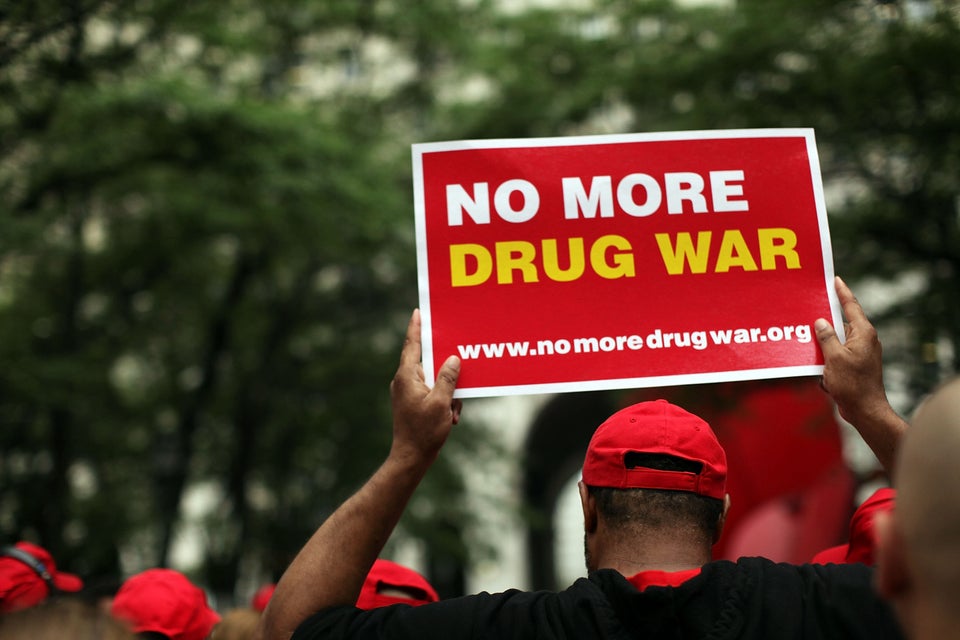
Family and friends of more drug users in California will soon be able to reverse overdoses at home with a lifesaving injectable drug.
On Thursday, Gov. Jerry Brown signed into law Assembly Bill 635, authored by Assemblymember Tom Ammiano, which will expand the use of the drug naloxone. Naloxone, also known by its brand name Narcan, can be administered to a person suffering from an opiate overdose to restore breathing.
Naloxone is non-addictive, non-toxic, fairly cheap and is easy to administer through the nose or intravenously. It was approved by the Food and Drug Administration in 1971 and is stocked in thousands of emergency rooms, ambulances and post-surgery recovery rooms across the country. But frequently, opiate users don't make it to the hospital in time.
For that reason, in 2008, California implemented a pilot program in seven counties that allowed drug users, their family and friends, health care professionals and addiction counselors to administer naloxone in an emergency -- and be protected from civil or criminal liability if anything goes wrong.
The bill that Brown signed into law extends the program across all of California.
Starting Jan. 1, drug users and their family and friends will be able to request a naloxone prescription from a doctor or addiction treatment program.
For example, "if a teen is known to be picking up OxyContin, their family might -- in the treatment process -- want a naloxone prescription, just in case," Ammiano's communications director Carlos Alcalá said to The Huffington Post.
There are more than 52 programs in at least 17 states that distribute naloxone to those at risk of overdose and to laypeople who might be first responders in emergency overdose situations. The programs are expected to train recipients in overdose prevention; recognition and response, like calling 911; rescue breathing; and administering naloxone.
So far, most naloxone distribution has taken place at needle exchange programs that predominantly serve people misusing illicit drugs in urban areas.
Those who oppose the distribution of naloxone say that it will encourage increasingly dangerous drug use because addicts will feel safer knowing it's there. However, studies have not confirmed this hypothesis.
Others have argued that there could be a liability issue for a layperson who administers naloxone if the recipient dies afterward. However, Ammiano's bill protects those administering the drug. Additionally, naloxone has no effect on a person who is not on opiates.
Drug overdoses kill more people each year than either cars or guns. In 2010, the Centers for Disease Control reported, 38,329 people died of drug overdoses -- mostly from opiates.
Between 1996 and 2010, overdose prevention programs resulted in reversing more than 10,000 overdoses using naloxone, and trained more than 50,000 laypersons to revive someone with the drug during an overdose, according to the CDC.
“We are only trying to save lives,” Ammiano said of his bill in a statement. “No one should die because of an addiction to prescription painkillers. If we can save people’s lives, we can work to change the way they’re living.”

